When disaster strikes and all other communication channels are unavailable or offline, ham radio (or amateur radio) is a reliable and self-sufficient method of keeping communication open in times of emergency. But that’s not all that draws enthusiasts to the hobby – after all staying connected is part of human nature, and ham radio provides us with a unique yet challenging way of connecting with other likeminded people around the world.
Even in the age of cellphones and instant digital messaging, ham radio has stood the test of time and continued to stay popular amongst enthusiasts. If you are interested in venturing into the world of amateur ham radio in India, here’s what you need to know:
1. Who is the local amateur ham radio governing body in India?
Each country has its own governing body that monitors, regulates, and licenses the use of amateur ham radio. In India, that responsibility falls to the Wireless Planning & Coordination Wing (WPC) under the Ministry of Communications. They are responsible for issuing amateur radio licences, and allocating and monitoring the respective frequency spectrum.
There are also several regional organisations like the Kerala Amateur Radio League, Amateur Radio Society of India, and National Institute of Amateur Radio that provide smaller communities for local enthusiasts.
2. What types of amateur radio are there?
Ham radio is just one type of amateur radio; each type has its own names, frequencies, rules, advantages, and disadvantages so it is best to explore your options to find what suits you best. This includes Ham Radio, Citizen’s Band (CB), Family Radio Service (FRS), General Mobile Radio Service (GMRS), and Multi-Use Radio Services (MURS).
Of these types, ham radio is popular as it has the widest frequency range (1.8-1300 MHz) with estimated base ranges of over 80 km and handheld ranges of 32 km. However do keep in mind that you need a licence to operate ham radio equipment, and it can have a steep initial learning curve and cost.
Most ham radio operators use either Very High Frequency (VHF) or Ultra High Frequency (UHF) to communicate. VHF spans 30-300 MHz, with a ham radio band of 144-148 MHz. These are simplex communications, which are highly reliable and less susceptible to noise interference. However, you might have a shorter physical range that limits who you can communicate with.
UHF spans 300 MHz to 3 GHz, with a ham radio band of 420 – 450MHz. As UHF operates on shorter wavelengths they are more prone to interference, but have a wider frequency and audio signal quality range allowing you to communicate across longer distances.
3. What equipment do I need for amateur ham radio?
Here are some of the necessary equipment to begin broadcasting and receiving ham radio messages:
- Amateur HF Transceivers: Transceivers like the FT-840 or IC-718 combine a receiver and transmitter, giving you more communication power in one useful device. You can also invest in Amateur Mobile Transceivers and Amateur Handheld Transceivers for added convenience if you plan to use ham radio outdoors or on the move.
- Antenna: There are 2 main types of antennas – directional, and omnidirectional. Directional antennas send signals in a direct path whereas omnidirectional sends signals in every direction. A suitable antenna choice depends on who you want to communicate with, although generally omnidirectional antennas do have a wider range.
- Repeaters: Repeaters like the Yaesu HRI-200 or ICOM IC-FR9020 are used to receive nearby signals and rebroadcast them into a wider network, allowing you to amplify reception and improve communication. Think of them as a mobile cell tower equivalent, boosting signals even if you get further away from the source.
- Rotators: Your antenna’s best friend, rotators help the antenna to be properly directed and aimed in order to receive the best signal.
How do I know if amateur ham radio is suitable for me?
Here are a few things to consider when deciding if you want to become part of any amateur radio community, including ham radio:
- Signal range in different environments/terrain
- Ease of skill acquisition and learning curve
- Local or relevant communication and broadcasting capabilities with emergency services
- Associated costs (e.g.amateur radio equipment, accessories, and long-term repairability)
Tecomart has been a trusted supplier of amateur radio communication and navigation equipment since 1994. We strive to provide affordable, high-quality communications solutions for our clients regardless of whether they are an established company or an individual interested in amateur communications. Get in touch to learn more about our products and solutions, or request a quote.

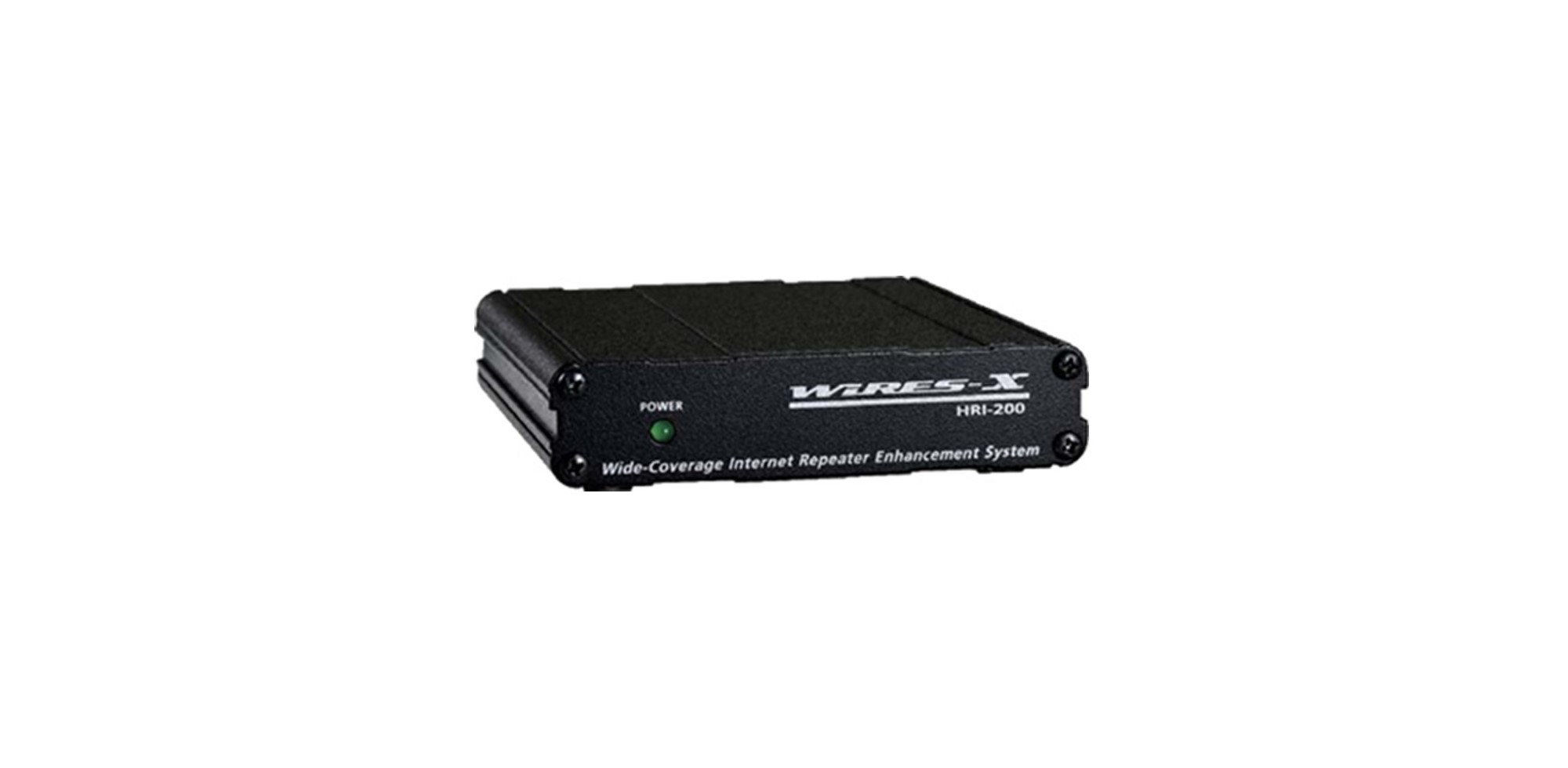
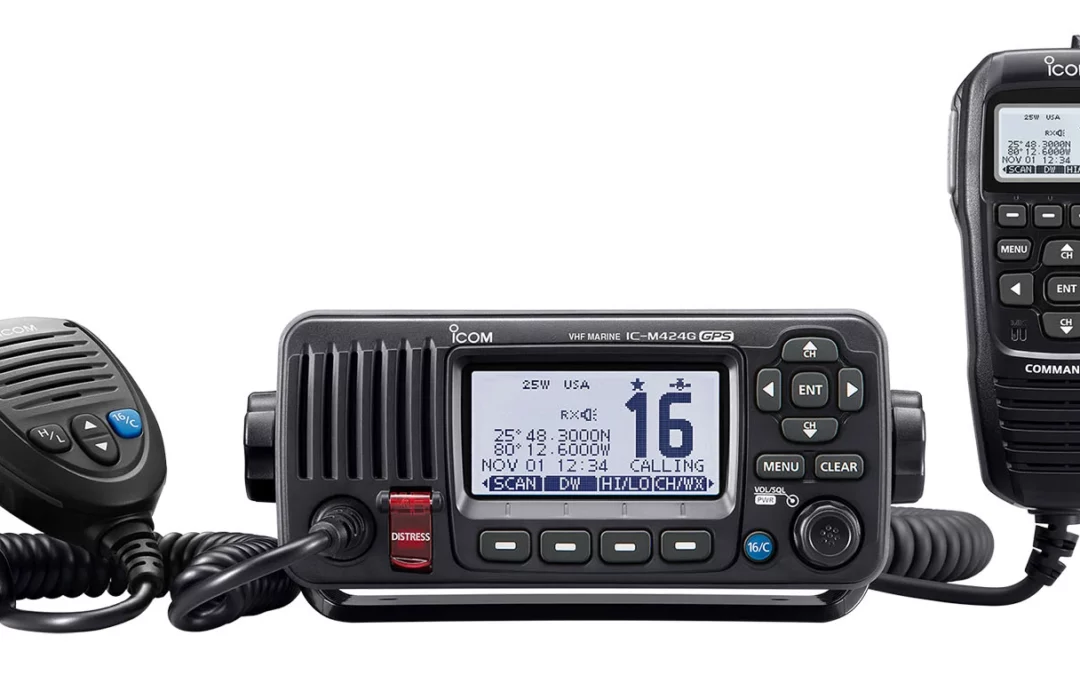

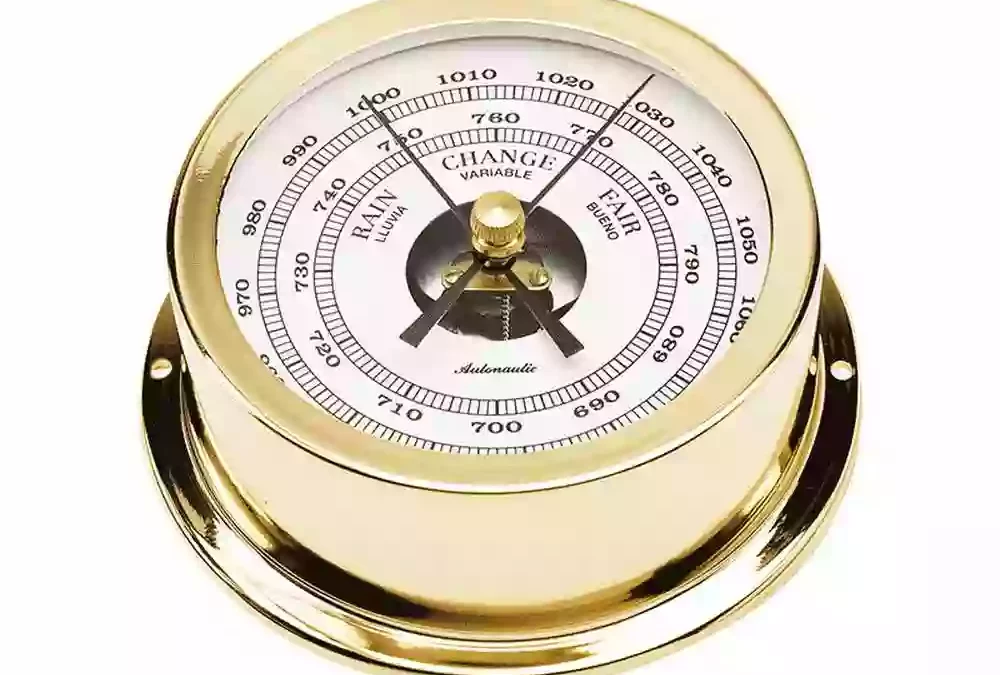
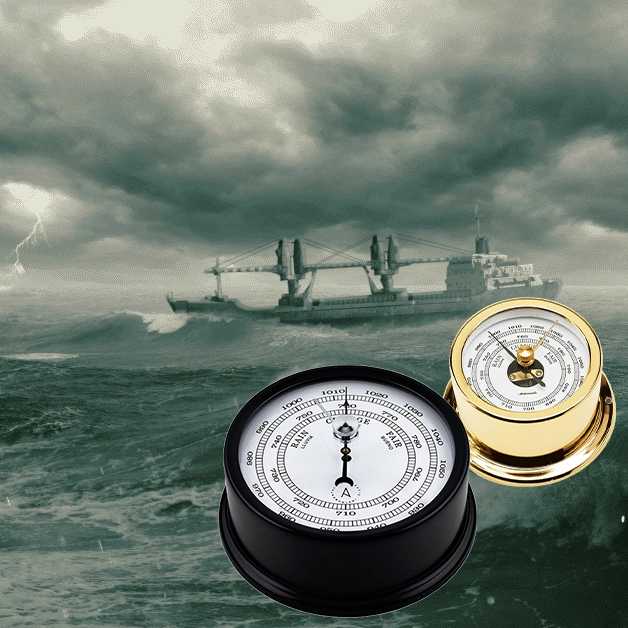

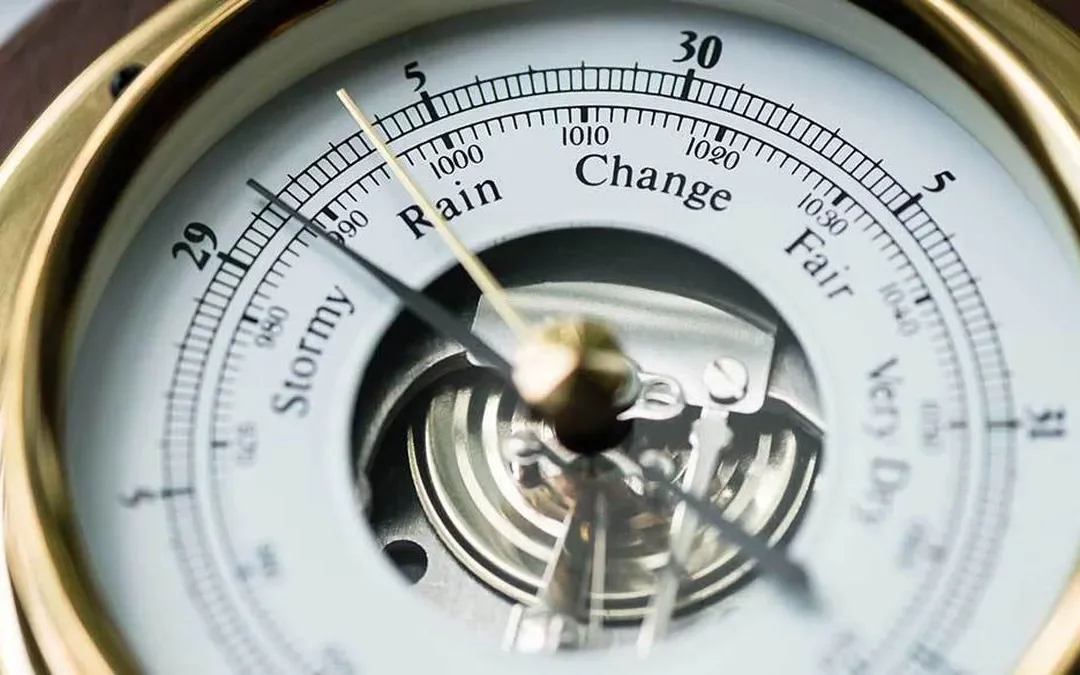
0 Comments